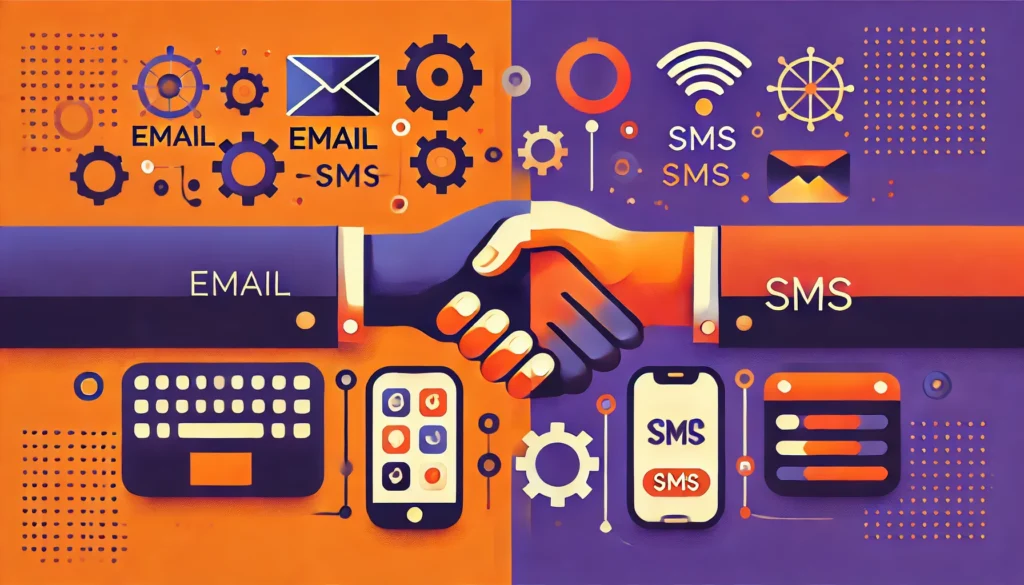What is growth marketing and how to apply it in your company?
Product
Growth marketing, also known as growth hacking, refers to marketing techniques used to grow a digital product of a startup with minimal resources, aiming to increase revenue. This concept emerged in 2010 and focuses on growth, based on a strategy that combines creativity and analysis.
Growth marketing is a set of techniques with a strategic approach that seeks to discover and exploit growth opportunities for a business constantly. It relies on website and social media metrics, as well as creativity and analytical thinking, to continuously attract new customers and increase company revenue.
It arises in response to the need for startups, SaaS (Software as a Service) companies, and technology firms to maintain subscribers, convert them into customers, and retain them to prevent subscription cancellations. Low user retention, known as ‘churn rate’, is a common challenge for these companies, making acquiring new customers fundamental.
Differences between growth marketing and growth hacking
Growth hacking is based on experimental marketing techniques, where different elements such as website design and content are tested and experimented with to attract new customers and motivate them to remain interested in the business. While growth hacking can be considered an evolution of growth marketing, it differs in that its results are often more immediate and focuses on using technology to generate sales.
On the other hand, growth marketing focuses on identifying and leveraging medium and long-term growth opportunities. Its core lies in personal relationships and uses technology as a means to an end, rather than placing it at the center of the strategy.
What does a growth marketing manager do?
The growth marketing manager is the professional responsible for driving a company’s product or service to a target audience through various digital channels. This profile has an in-depth understanding of the target audience and must be able to understand their needs.
The growth marketing manager typically has training in traditional and digital marketing and masters the use of digital tools such as social media advertising campaigns, email marketing, content marketing, creative design, and web analytics. Additionally, they must be good communicators, team players, and have strategic vision and business skills.
This professional plays a crucial role in creating and executing a growth plan for a technological product or service. Their responsibilities include creating a sales funnel, identifying traffic channels, generating leads, and optimizing social media advertising campaigns, among others.
What are the challenges of growth marketing?
The challenges of growth marketing include effectively creating and executing a growth plan, retaining new traffic, generating leads, and optimizing advertising campaigns. Teamwork with other areas of the company, such as the CEO or management team, and constant analysis of customer feedback at all stages of the sales cycle, are essential for the success of growth marketing.
Additionally, loyalty and referral strategies can be implemented to improve the customer experience and increase revenue through lead conversion. Data and pattern analysis also play a crucial role in improving return on investment and recovering invested money in less time.
Integrating AI and Machine Learning in Growth Marketing
As growth marketing evolves, the incorporation of AI and ML technologies stands out as a pivotal trend that is set to redefine how companies engage with their target audiences. AI and ML can automate complex data analysis, allowing growth marketers to uncover deeper insights into customer behaviors and preferences with unprecedented precision and speed. By leveraging these technologies, marketers can predict customer needs, personalize marketing efforts more effectively, and ultimately drive higher conversion rates.
AI-Driven Personalization: AI technologies enable hyper-personalization of marketing messages by analyzing vast amounts of data from user interactions. This allows companies to deliver content and offers that are tailored to the individual preferences of each user, significantly enhancing the user experience and boosting engagement.
Predictive Analytics: ML models can analyze historical data and predict future trends, helping marketers to anticipate market changes and customer needs before they become apparent. This proactive approach ensures that companies remain agile and can adjust their strategies in real-time to capitalize on emerging opportunities.
Enhanced Customer Segmentation: AI and ML improve segmentation by dynamically classifying customers based on their evolving behaviors. This dynamic segmentation helps in crafting more relevant marketing campaigns that are likely to yield better results.
Optimization of Marketing Channels: AI can also optimize the use of various marketing channels by analyzing the effectiveness of each channel in real time. This ensures that marketers invest more resources into channels that offer the highest ROI, thereby maximizing the overall efficiency of their marketing efforts.
Examples of growth marketing strategies
Growth marketing strategies include actions such as referral programs, promotions of free products for a limited time, and freemium models that offer free services with limited features, among others. These strategies are essential for reaching the audience and increasing company revenue through a focus on sustainable long-term growth.
Growth marketing is a strategic approach that seeks to identify and leverage opportunities to increase business growth through customer acquisition, retention, and measurement. It is essential to apply it in technology companies to improve customer retention and achieve sustainable long-term growth.



